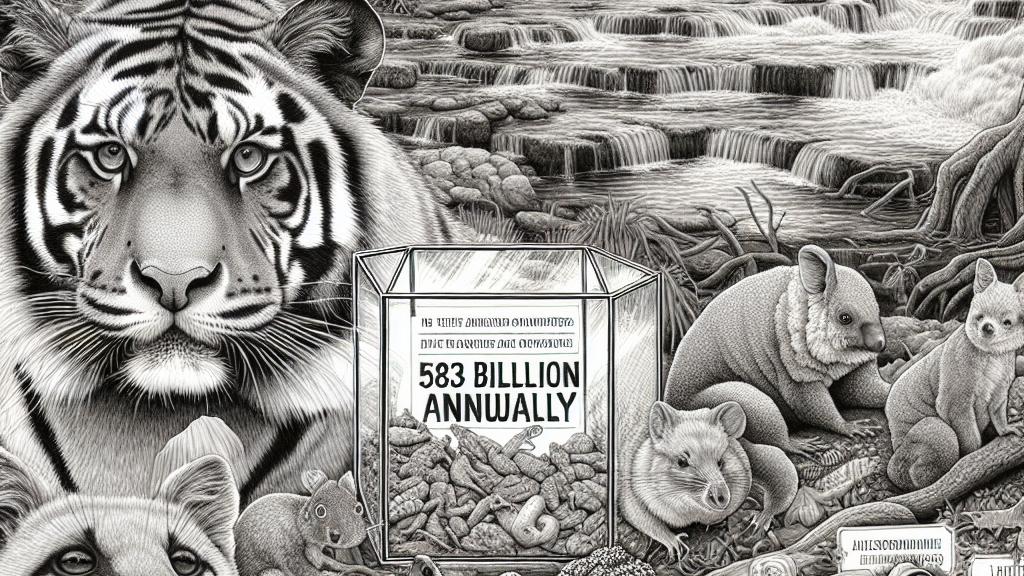Understanding the Cost to Save Australia's Endangered Plants and Animals
Overview
- Recovering Australia's endangered species may demand a staggering AU$583 billion each year.
- The ongoing extinction crisis not only threatens individual species but also jeopardizes entire ecosystems.
- Investing in biodiversity recovery could yield thousands of new jobs and enhance agricultural resilience.

The Price of Recovery
Imagine needing to find AU$583 billion annually! That’s the shocking cost of recovering 1,657 threatened terrestrial and freshwater species in Australia. This phenomenal figure, revealed in groundbreaking research from the University of Queensland and CSIRO, doesn’t just capture attention; it reflects the immense challenge we face in tackling the extinction crisis. Dr. April Reside emphasizes that while this figure appears monumental, it is a crucial wake-up call, highlighting the urgent need to safeguard not just these creatures but the ecosystems we all depend on. After all, can we really afford to lose more of our natural heritage?
Why Saving Species Matters
Let's take a deeper dive into the significance of this fight for survival. According to Dr. Reside, the plight of threatened species serves as a stark indicator of larger environmental issues. Each species that disappears creates a ripple effect, impacting other wildlife and altering habitats. For instance, if the koala were to vanish, not only would Australia lose a beloved icon, but the entire eucalyptus ecosystem could be thrown off-balance. Healthy ecosystems are vital—they provide us with essential services like clean air, clean water, and fertile soil for food production. Simply put, every time a species faces extinction, we lose an invaluable piece of the ecological puzzle that supports life as we know it.
Benefits Beyond Biodiversity
Furthermore, investing in the recovery of these species offers far-reaching economic benefits. Picture farmers joining forces with environmentalists to effectively tackle invasive weeds and pests—a costly dilemma currently draining billions from the agricultural sector. By restoring habitats and improving biodiversity, we could not only safeguard crops but also enhance agricultural resilience. Additionally, these conservation efforts stand to generate thousands of jobs, particularly in rural and Indigenous communities—fueling economic growth while promoting social equity. Isn’t it inspiring to think that conserving wildlife can uplift our economy and secure livelihoods?
A Call to Action
In conclusion, the time has come for action. We must prioritize the integration of biodiversity conservation within our broader economic planning. This is not merely a helpful suggestion; it’s an urgent necessity for the survival of our unique ecosystems. The findings encourage policymakers to take these financial estimates seriously and embed them into land-use strategies. Without decisive action now, we risk living in a future where Australia’s extraordinary wildlife could become mere memories. Let’s join forces, advocating for the protection and recovery of our biodiversity, so that generations to come can revel in the wonders of Australia's natural heritage!

Loading...